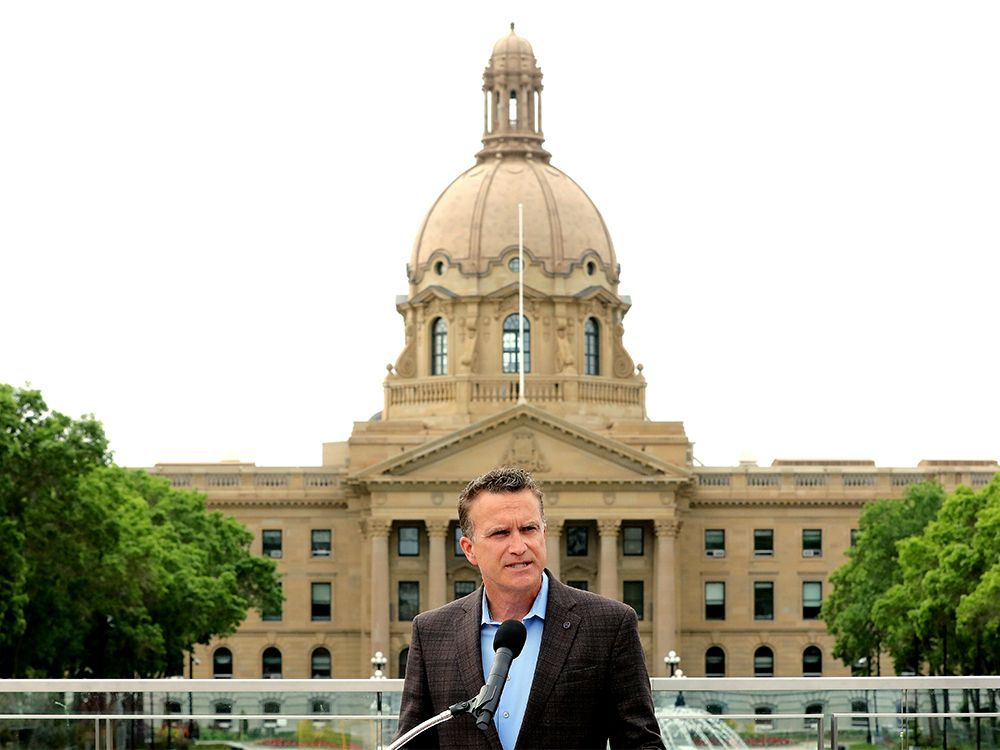CplKlinger
Senior Member
The real problem is that successive governments refused to meaningfully increase the number of MLAs even as our population exploded. In 1986, we had 83 MLAs representing 2.3 million Albertans, or around 27,000 people per constituency. Under the latest changes to the Elections Act, there will now be 89 MLAs representing 5.03 million Albertans, or approximately 56,500 people per constituency.Or it is willful watering down of an Urban Constituency for political gain.
These hybrid electoral districts are an unfortunate product of the tension between a rapidly increasing gap between urban and rural population numbers, and a reluctance to cut a load of rural ridings to mitigate this. Personally, I think the ideal solution would be for us to aim for a much lower average population for constituencies; if that fails, then more ridings should be shifted from rural to urban. Land doesn't vote, people do.
That being said though, these commissioners really do have a wicked problem; all solutions create their own problems. If they create/maintain hybrid urban-rural ridings, they'll be accused of trying to dilute the urban vote. If they consolidate rural ridings to create more urban ones, they'll be chastised for trying to dilute the rural vote. Meanwhile, the government gets away with diluting all of our votes by keeping the number of our elected representatives artificially low.
If anyone's interested, here are the rules they're bound by (taken from their interim report).
And the segment discussing seat counts.






